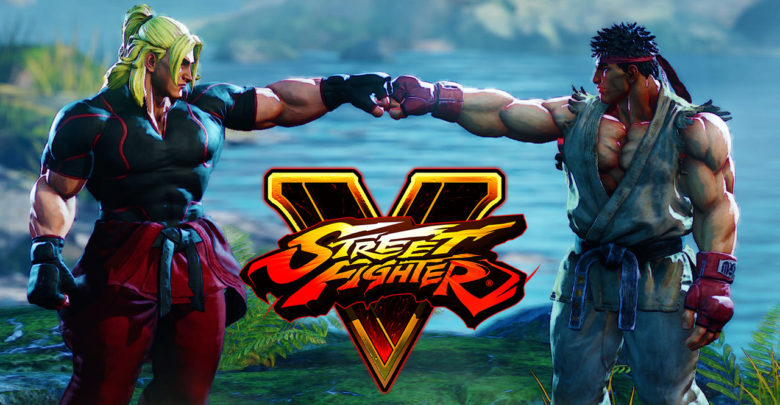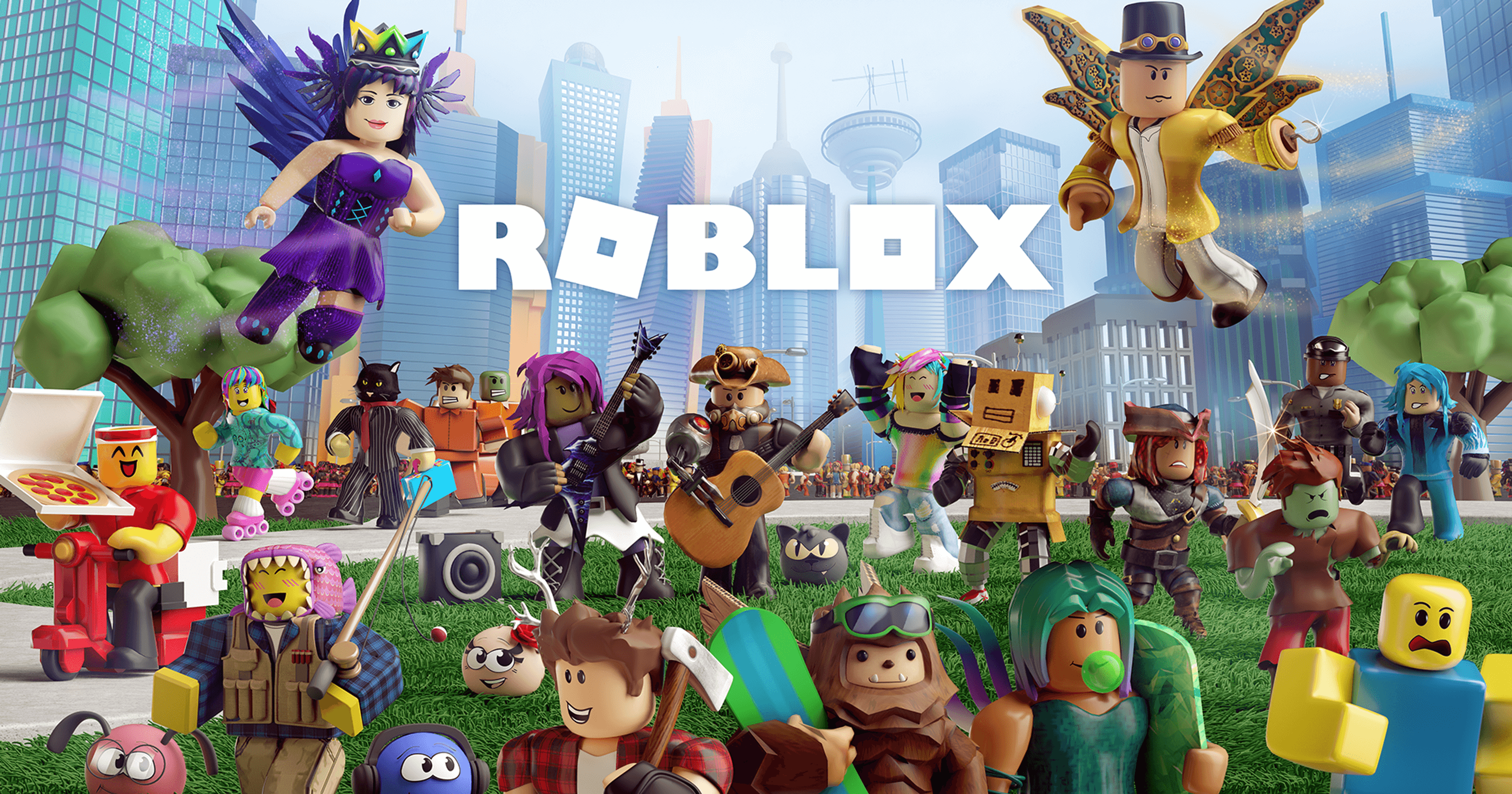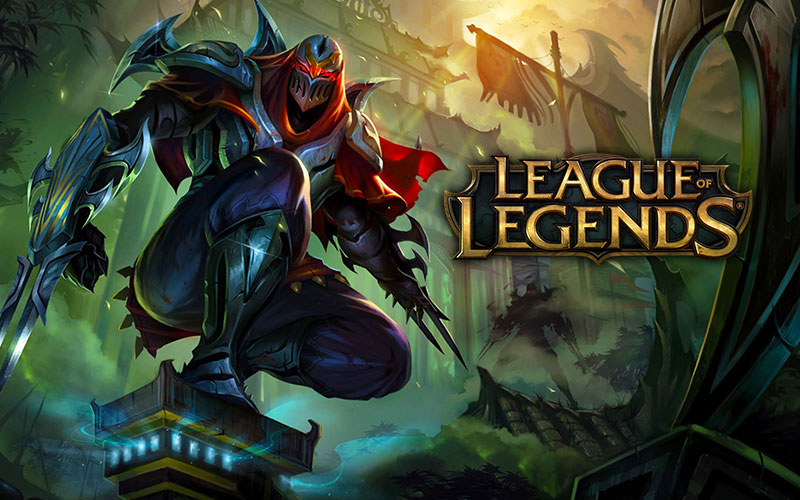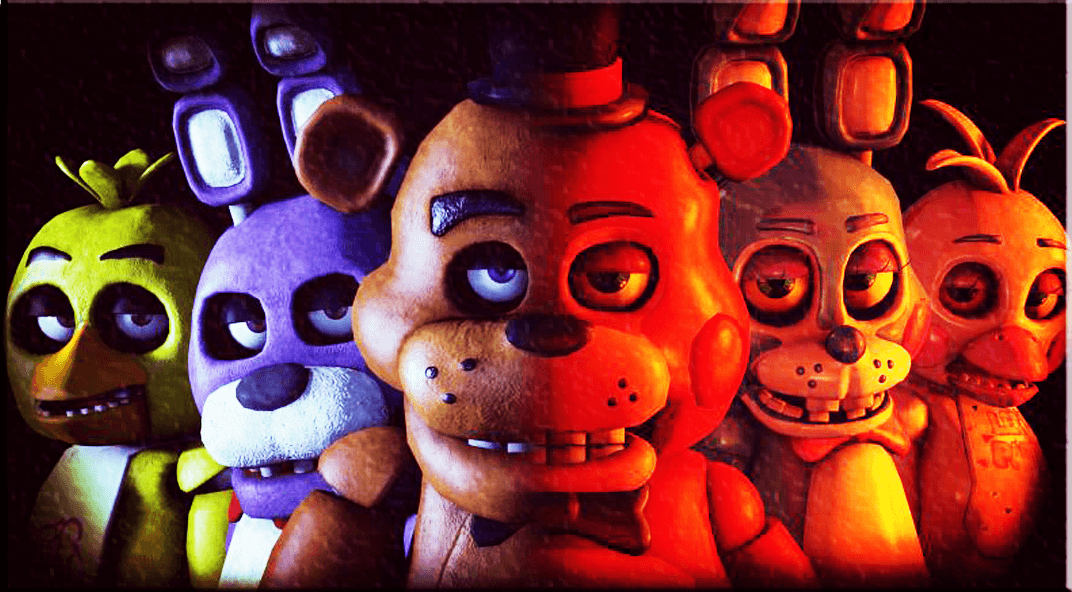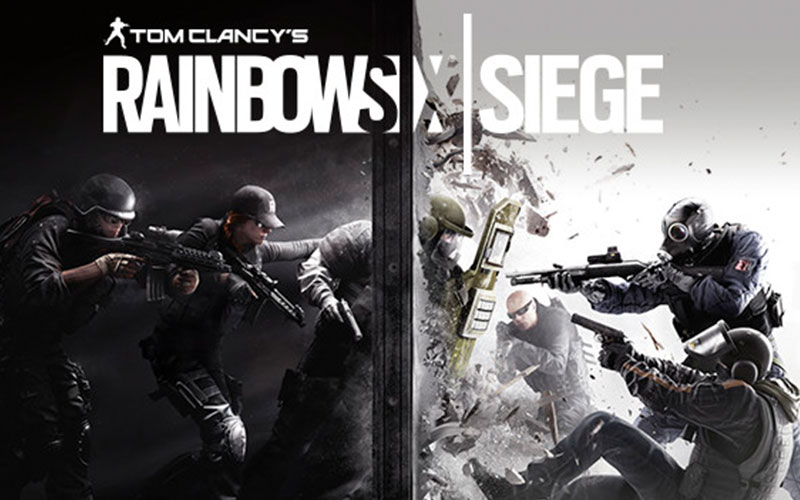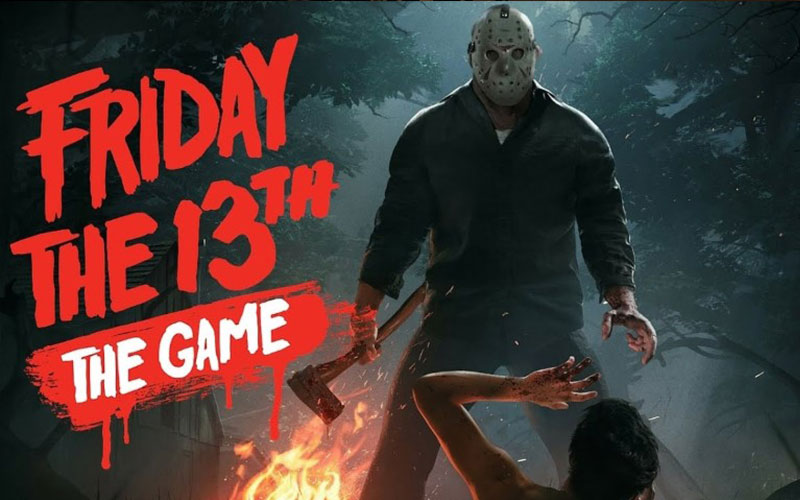5 Tips And Tricks To Play Better In Street Fighter V
Get ready to rise up!
Getting to a level of proficiency at a fighting game is one of the hardest things to accomplish in video games. It requires hours of dedication, and I’m not just talking about spending hours in the training mode.
There is an overwhelming amount of unique terminology, concepts, and even frame data that goes into fighting games—Street Fighter V is no different.
However, the good news is that Street Fighter V is the most accessible game in the franchise for all types of players. Here are five tips and tricks that will help you take your Street Fighter V skills to the next level.
1. Learn the fundamentals
One of the big mistakes that many people make is that they think fighting games are all about combos. It’s not, especially in Street Fighter V.
When you choose a character, it is crucial that you take time to run through all their moves. Get a feel for which moves can be used in different situations.
If a move looks like it hits high, there are chances it can be used as an anti-air to punish enemies that try and jump in on you.
Moves with far reach can be used as pokes, which can help establish your range and provoke a predictable response out of your enemy.
Find out what moves hit low and what moves hit mid level. Low hits can damage opponents blocking high, while mid-level hits can break your enemies who are blocking low.
Additionally, don’t forget about your aerial attacks, try and find out what aerial attacks will give you the best opportunities for combos. Which ones are good for air to air, and most importantly which aerial attacks can be used as cross ups.
2. Use and defend against cross-ups
A cross up is an attack that hits just behind an opponent, forcing them to change the direction of their block, or they will get hit.
It’s a devastating technique against players who aren’t familiar with the concept—especially since many big damage combos can start when you land an aerial attack.
Also note that aerial attacks are overheads, so not only do you have to block in the right direction, but you also have to be using a standing guard instead of a crouching guard.
Once you have the concepts of cross ups down, head into training mode and get to know the spacing required to land a cross up. A good time to cross up your opponent is after a knock down.
So learn where you need to be before you jump, in order for the cross up to land. As effective as cross ups are, they lead into another huge mistake that many gamers make.

3. Curb your use of jumping
Learning when and when not to jump, is a tricky thing when it comes to fighting games. As mentioned earlier, a successful jump attack can lead to huge damage.
This makes it appealing to frequently go for them, but it’s a risk versus rewards scenario.
If your opponent is prepared for them, jump attacks are easy to predict and punish, which will knock you down to the ground and change the moment of the match to your opponent’s favour.
It’s best to test the waters early on in the match to see how your opponent reacts to your jump-in. If they punish it with an anti-air, ease off and approach from the ground unless an opening appears.
If not, teach them a lesson of what happens when you neglect to punish a jump-in.

4. Strikes, blocks and throws
A common analogy used when talking about the design of fighting games, is that it’s comparable to rock-paper-scissors.
In fighting games, blocks beat strikes, strikes beat throws, and throws beat blocks. And just like in rock-paper-scissors, a person will likely beat you if you never use scissors or paper—they will catch on if you never use blocks or throws.
Mix it up, react to your opponent’s playstyle. If they constantly block until an opening appears, dash in and throw them until they stop doing that.
If a person keeps on throwing you, either use quick jabs to force them away, use your own throw to break theirs, or do a neutral jump to avoid it—then punish them on the way down.

5. Know your character archetype
Characters in Street Fighter V boil down to four different archetypes:
- offensive
- balances
- defensive
- grapplers
It’s important to know what type of character you are playing, and adjust your playstyle to best compliment that character.
Offensive characters like Cammy, excel at rushing down opponents.
By utilizing quick attacks to keep the pressure on, it prevents opponents from starting their own offense and forces them into doing risky moves to stop the onslaught.
On the other hand, a balanced character like Ryu excels at the mid-range and can adapt to an offensive or defensive strategy—depending on what the situation calls for.
Defensive characters like Vega, like to stay at long range and use their reach to keep their enemies at a distance.
Finally, grapplers like Zangief will deal a lot of their big damage through devastating and unblockable throws—making grapplers an enormous threat at close range.
Each archetype has their own strengths and weaknesses, and it’s important to know both—so you can take advantage of your strengths and find ways to alleviate your weaknesses as much as possible.

Understanding Modded APKs
I must emphasize that using modded APKs (modified application packages) to access games or…

